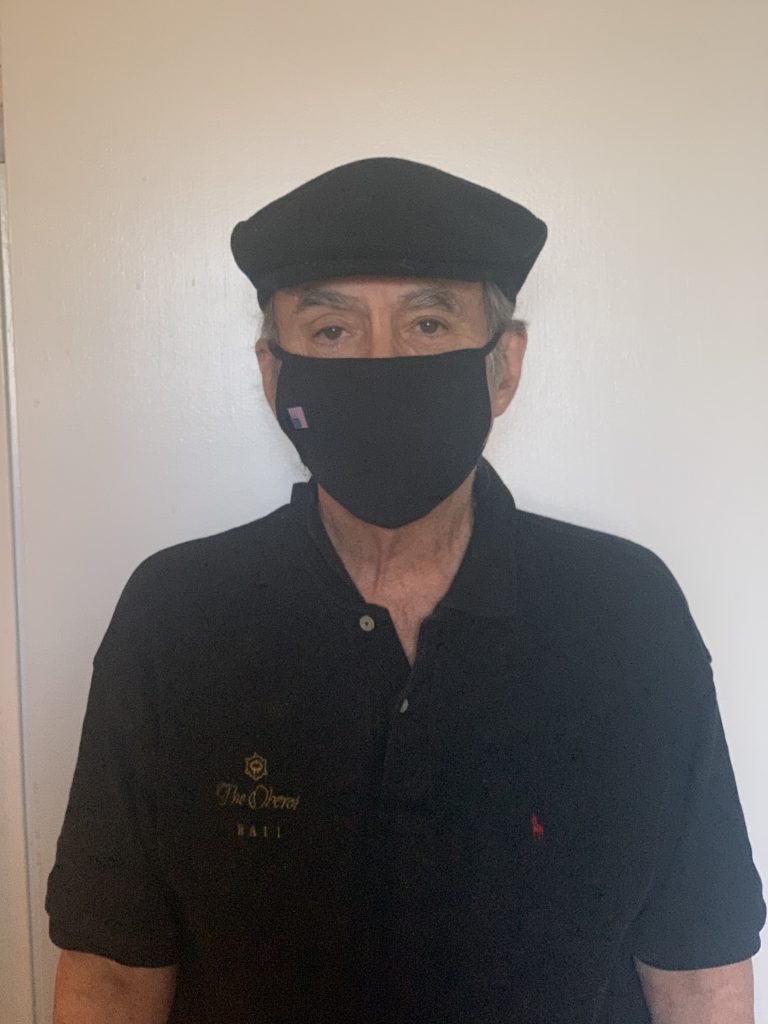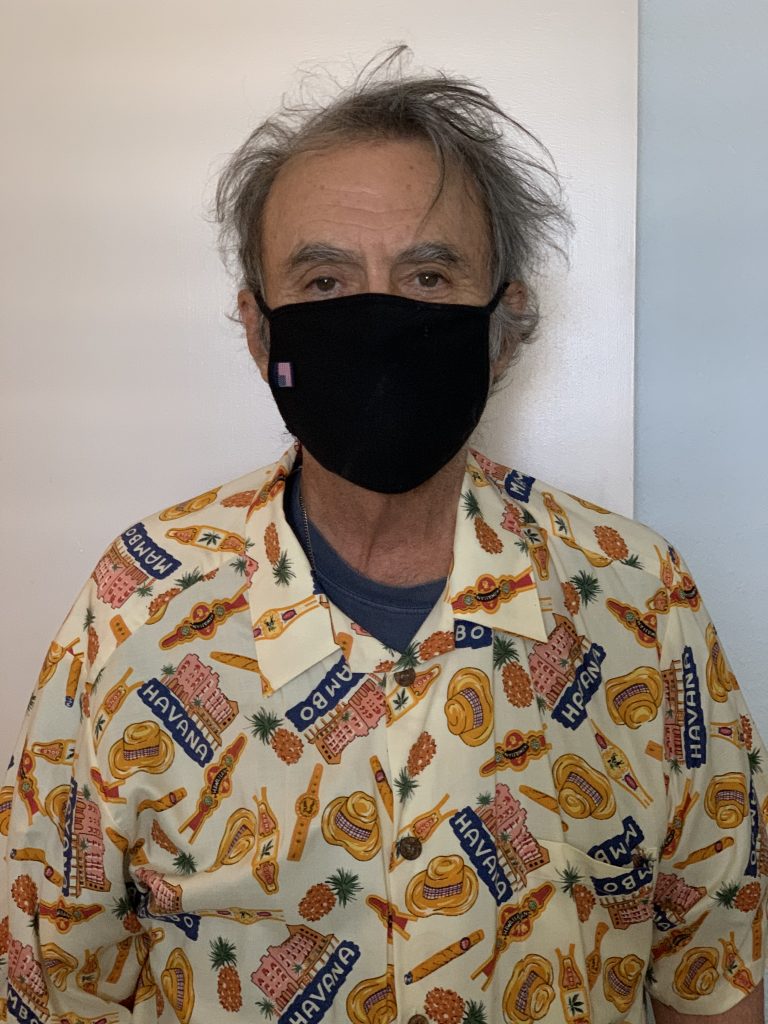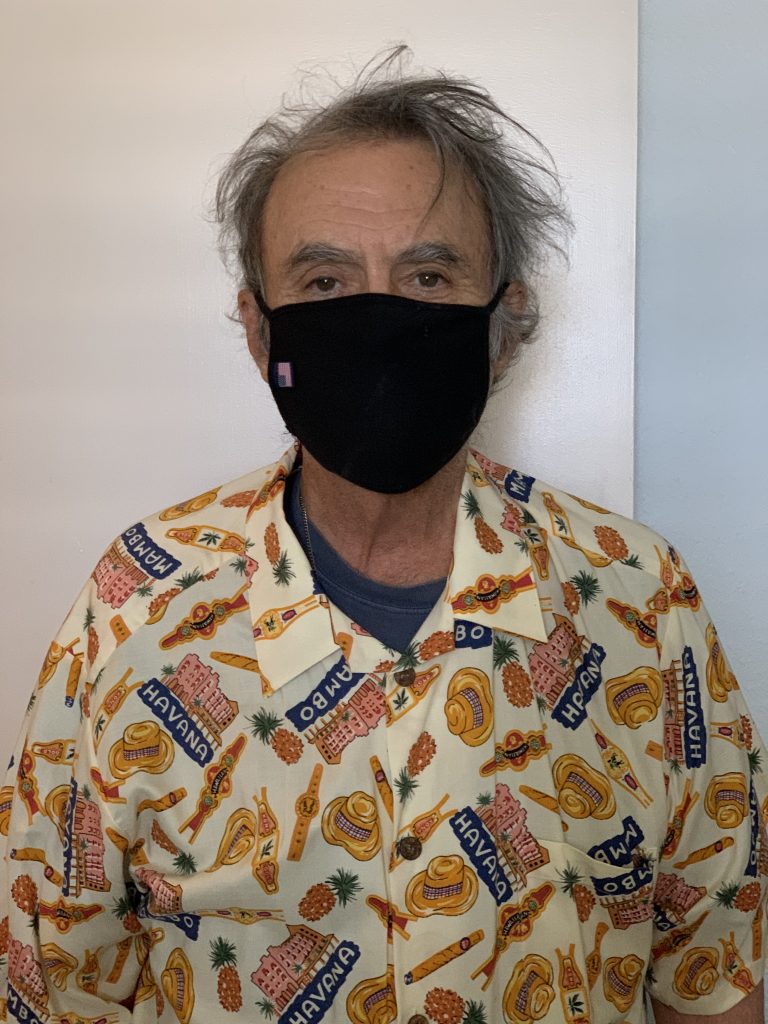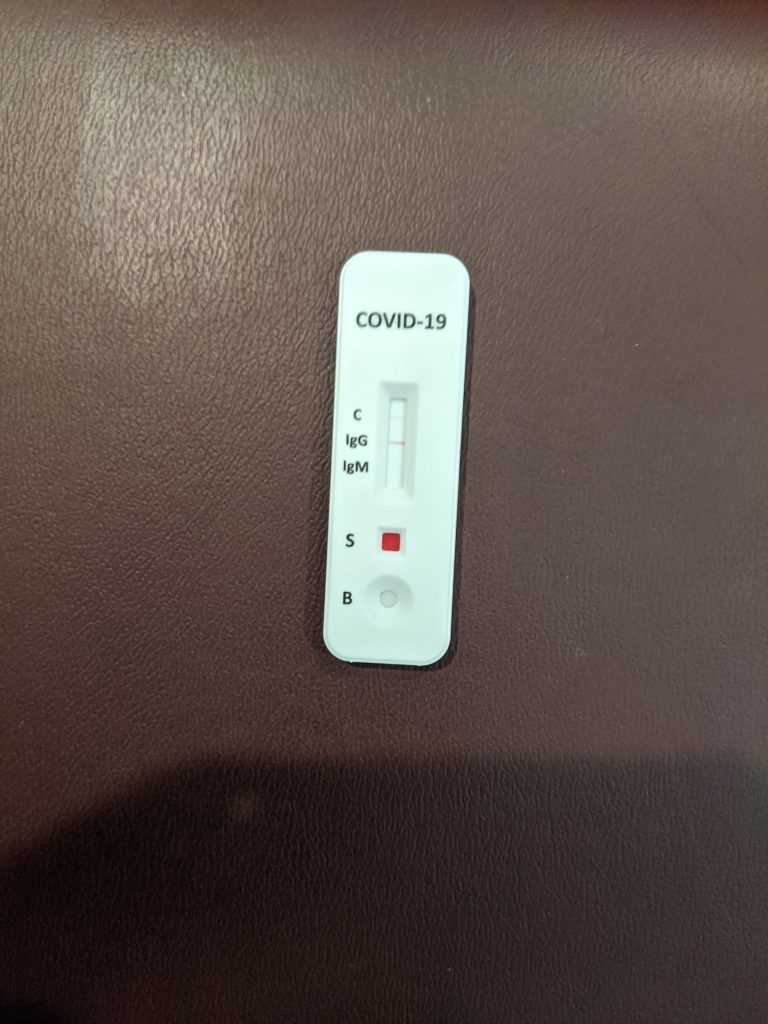The “Old” Normal Is Never Coming Back

By Robert McGarvey
Ian Schrager (The Edition, The Public Hotel, et. al.) unquestionably is a hotel innovator but I will tell you this: His crystal ball is broken and he doesn’t know what is happening, or not happening, in tomorrow’s travel.
What triggers this is that I have recently been bombarded with emails and calls from friends and colleagues telling me I am wrong in my predictions that our travel lives after Covid-19 will be very different from what we had before. I am no pessimist – indeed I think great times are ahead, starting probably in 2022. But they will be different.
Where Schrager comes into the frame is in a speech he gave at the 2020 Boutique Lifestyle Digital Summit where he said that when the hospitality industry recovers it will return to “not a new normal, but the same normal we’ve always had.”
He added: “I don’t believe in paradigm shifts.”
An odd comment because the world of 20th century travel is a world of paradigm shifts, where the car made it possible to travel hundreds of miles, quickly and in comfort, the plane extended the range, the jet made intercontinental travel accessible and reasonably comfortable, and mass market hotels (think Holiday Inn) redefined who would stay in hotels, for what reasons.
I understand why my hospitality industry friends take comfort in Schrager’s viewpoint – a comfort zone is a frightening place to exit – but to my eyes those in hospitality who cling to old paradigms will perish. And some who recognize that things are different today just may find a path to a new prosperity.
Covid-19 has unquestionably triggered what will be enormous paradigm shifts in travel.
Three legs of a stool of change say this will be so and they are all coming together at the same time.
The duration of the Covid-19 crisis. It takes time to form new habits, new attitudes. We have that time with Covid-19. People are still dying. World Bank forecasts show 2.5 million dead globally by January 1, 2021. That’s more than double today’s 1 million death toll.
Yes, there are those in Washington DC who insist we will have vaccines available before year end (by all means, take mine; I won’t, not this year when the process has been tainted by toxic politics). No rational person thinks we will have any significant distribution in the US of a vaccine until mid 2021 at the soonest.
And then there is the rest of the world to vaccinate. When will that happen? And know that the US has said it will not participate in a WHO effort to distribute a vaccine globally – leaving that up to, I don’t know, maybe imaginary beings?
But if the rest of the world is sick, we will never be healthy. Not in today’s interconnected society.
Count me as saying Covid-19 will continue to hold back travel through 2021 and into 2022. Meaning we will have two years of training how to live a Covid-19 lifestyle and most of us already have adjusted to it. We may grumble but we wear masks, we don’t go to movie theaters, we don’t eat in restaurants (we do love take-out), we don’t fly in planes (especially not internationally) and we don’t stay in hotels. You know what, this “new normal” isn’t so bad and I know few people who really, truly want to get back to how travel was.
The Revenge of the Beancounter. Corporate bookkeepers have always hated business travel, which they have seen as a giant boondoggle that paid for golf, booze, steaks and to what end? Covid-19 just may have given them the ammo they need to dramatically lower travel budgets longterm.
That’s because most companies are learning that they can continue to make sales and develop relationships without travel and face to face meetings. For how many decades have I heard that if we don’t travel we can’t close deals? And yet deals are getting done even with what amounts to a near total ban on travel in many companies.
This has not gone unnoticed by the beancounters.
Face it, some business travel has indeed been important, maybe essential. But a lot happened because we always have done it.
The business world hasn’t ended even though a lot of travel has stopped.
There also is a simultaneous generational change. Baby Boomers may have grumbled about business travel but in our guts we kind of liked it and we prided ourselves on being “road warriors,” a label that glamorized bone crushing monotony and somehow made airline food seem, well, edible.
Don’t think Millennials and Gen Z are on board with this. They aren’t. They see much business travel for the drab, uninspiring slog that it is. Of course they will travel when there is a reason. But a lot of business travel has happened without reason and, as for these younger generations, hell no, they won’t go.
Sustainability and climate change. The elephant in the room when talking about travel is the negative impact it has on the environment, especially the impact of air travel. The era of flight shaming will only grow in volume and intensity as the economy heals and Covid-19 retreats.
The reality of climate change is undeniable, as is the damage and destruction it is bringing.
Millennials and Gen Z are especially concerned about longterm environmental impacts, understandably so. They will question the need and desirability of air travel and these will not be generations that hop on a plane to weekend in Paris or for a lunch meeting with a prospect in Tulsa.
Add up duration, frugality, and climate change and it’s a trifecta for change in how we travel. The new normal will be different. Very different indeed, and I applaud the Millennials and Gen Z who are creating this reality because they will have to live in it.


